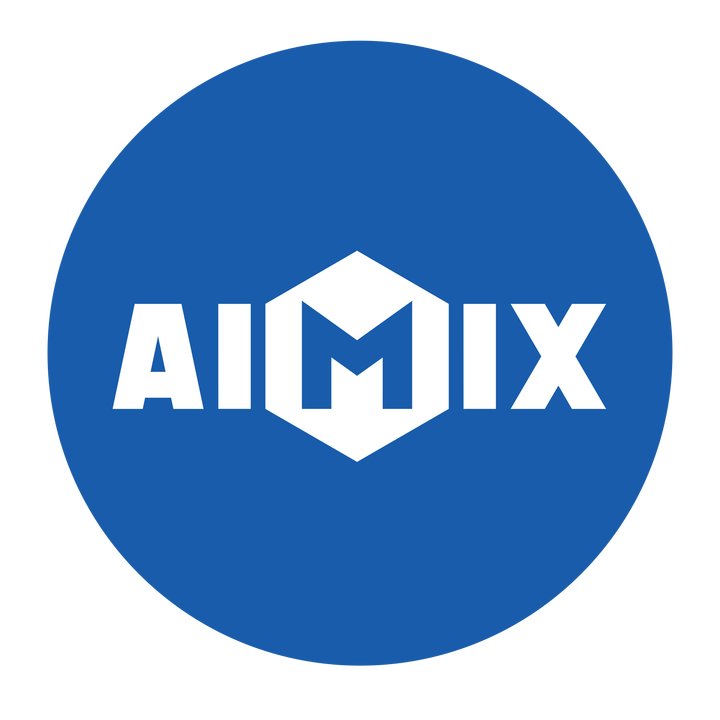


Investing in a concrete pump or concrete mixer pump is a major expense for construction businesses.Here are five proven tips to help you save money:
Investing in concrete pumping equipment represents a major capital expenditure for construction companies. Whether you’re evaluating a concrete pump cost for large-scale projects or comparing concrete mixer pump prices for smaller jobs, optimizing your investment can significantly impact profitability. Here are five actionable strategies to control expenses while maintaining operational efficiency:
Right-Size Your Equipment Selection
Choosing equipment that matches your project requirements prevents unnecessary spending:
For small to medium projects (residential buildings, rural roads), opt for:
Mini concrete pumps (output: 10-30 m³/h)
Concrete mixer pumps (combined mixing/pumping functions)
Cost savings: 40-60% compared to large boom pumps
For large infrastructure projects (bridges, high-rises), invest in:
Stationary pumps (higher output, lower long-term operating costs)
Truck-mounted pumps (for projects requiring frequent repositioning)
Pro Tip: Renting specialty pumps for unique projects often proves more economical than purchasing underutilized equipment.
Maximize Fuel and Energy Efficiency
Fuel consumption represents 30-45% of operating costs. Reduce expenses through:
Electric-powered pumps (save 50-70% on energy vs. diesel)
Regular engine maintenance (clean filters improve efficiency by 15-20%)
Operator training programs (proper RPM usage cuts fuel waste by 25%)
Hybrid concrete mixer pumps offer particular advantages, consuming 30% less fuel than traditional diesel models during intermittent operation.
Implement Preventive Maintenance
A well-maintained pump lasts 2-3 times longer while reducing repair costs:
Daily checks: Hydraulic leaks, pipe wear, lubrication points
Scheduled servicing:
Oil/filter changes every 500 hours
Full system inspection every 2,000 hours
Component monitoring:
Replace wear parts (seals, pistons) before failure occurs
Keep spare parts inventory to minimize downtime
Cost impact: Proper maintenance reduces lifetime repair expenses by 60-80%.
Optimize Labor Productivity
Labor inefficiencies inflate project costs:
Cross-train operators on multiple pump types
Implement GPS tracking to monitor idle time
Standardize setup procedures to reduce mobilization time
For mixer pump operations, having a dedicated 2-person crew (operator + assistant) typically achieves optimal efficiency.
Explore Alternative Acquisition Models
Traditional purchases aren’t always the most cost-effective:
Leasing options: Preserve capital while gaining access to latest technology
Used equipment: Quality refurbished pumps cost 30-50% less than new
Rental agreements: Ideal for short-term or seasonal projects
Co-ownership models: Share equipment costs with partner contractors
Financial consideration: Leasing often provides tax advantages through deductible payments.
Smart Savings Add Up
By implementing these five strategies proper equipment selection, energy management, preventive maintenance, labor optimization, and flexible acquisition contractors can reduce concrete pump cost by 25-40% annually. The most successful firms combine multiple approaches, such as using well-maintained electric mixer pumps for appropriate projects while renting specialized equipment when needed.
Remember that the lowest upfront concrete mixer pump price doesn’t always equate to the best value. Consider total cost of ownership, including fuel, maintenance, and resale value, when making purchasing decisions. With careful planning, your concrete pumping operations can achieve both economic and operational efficiency.
